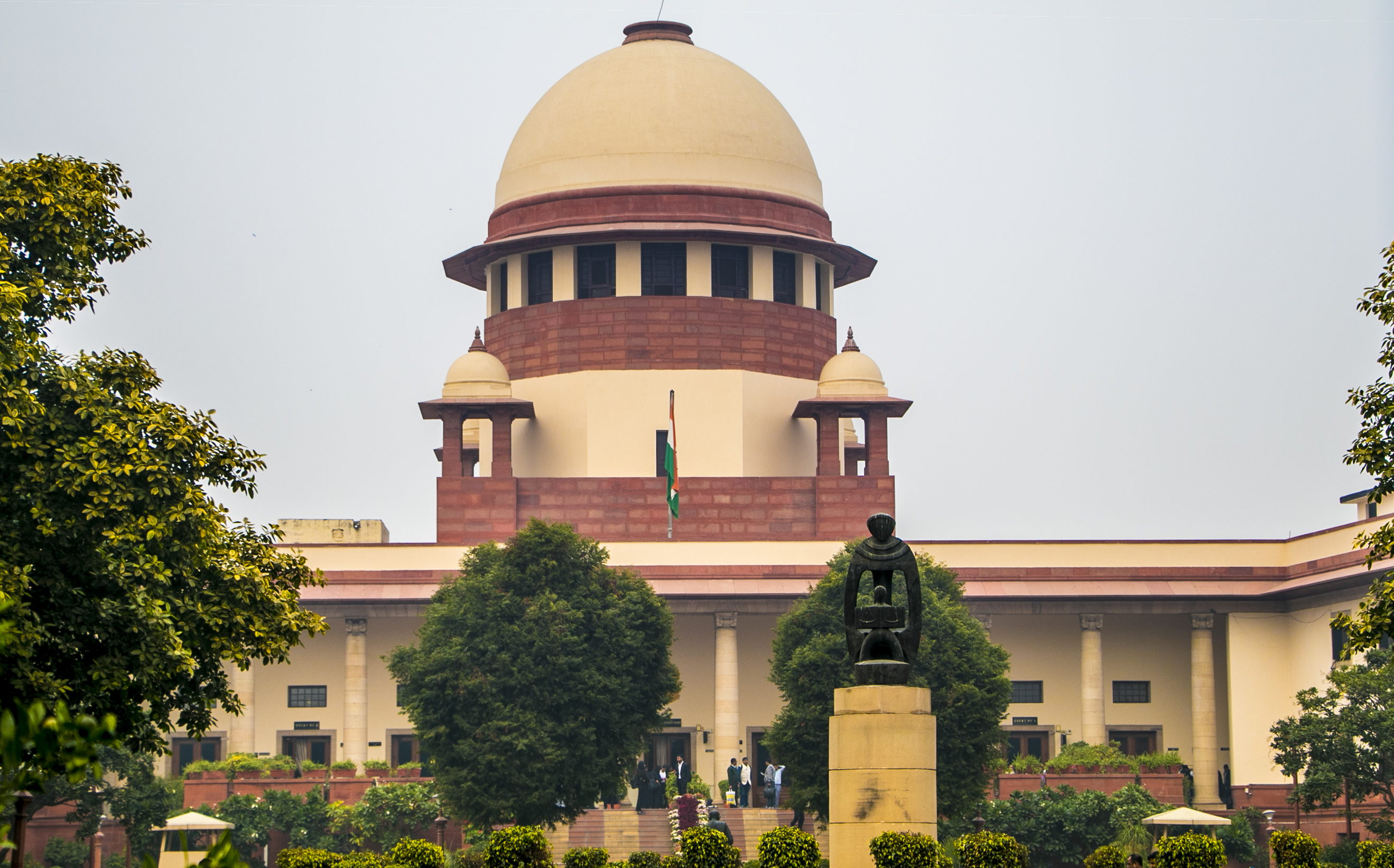InCivil Appeal No. 7890 of 2023 -SC- Separate suits for ‘Possession’ & ‘Damages’ allowed due to ‘distinct causes of action’: Supreme Court rejects Bharat Petroleum Corporation’s appeal
Justice Vikram Nath & Justice Rajesh Bindal [30-11-2023]

Read Order: M/s Bharat Petroleum Corporation Ltd. and Another V. ATM Constructions Pvt. Ltd.
Chahat Varma
New Delhi, December 4, 2023: The Supreme Court has clarified that a separate suit can be filed for damages arising from the use and occupation of property, even if a suit for possession of the property has already been decided. The Court held that the two suits have distinct causes of action.
In the present appeal, the appellants-defendants, M/s Bharat Petroleum Corporation Ltd. and others had challenged the orderpassed by the Madras High Court, whereby the appellants' application under Order VII Rule 11(d) of the Code of Civil Procedure (C.P.C.) in a commercial division suit filed by the respondent-plaintiff, ATM Constructions Pvt. Ltd., was dismissed.
The facts on record revealed that the respondent-plaintiff, ATM Constructions Pvt. Ltd., was the absolute owner of the disputed property. Originally owned by T. Padmanabhan, T. Sethuraman, and T. Gopinath, the property was leased to M/s Burma Shell Oil Storage and Distribution Company of India Ltd. for a period of twenty years. This company, a predecessor-in-interest of the appellants-defendants, used the property for a pump service and filling station. Due to default in loan repayment by the owners, the property was auctioned and acquired by Mrs. S. Bharwani. The respondent-plaintiff later purchased the property from Mrs. S. Bharwani. Also, the appellants' lease expired on 31.12.1997, leading to the respondent-plaintiff's demand for possession. After the appellants failed to comply, the respondent-plaintiff filed the first suit in 2006. During the pendency of the first suit, the other suit sought liquidated damages from 01.01.1998 to 31.12.2019, along with interest and future damages of Rs. 30,50,000 per month from 01.01.2020 onwards until the vacant possession of the property. In response, the appellants-defendants filed an application under Order VII Rule 11(d) C.P.C., which the High Court dismissed.
The division bench of Justice Vikram Nath and Justice Rajesh Bindal, in its consideration, highlighted the pivotal matter requiring attention: the cause of action. It was observed that the initial suit, brought forth by the respondent, centred on seeking possession. In contrast, the second suit was initiated to claim damages for the use and occupation of the property after the expiration of the lease period.
The bench acknowledged that a similar issue had been deliberated upon by a Full Bench of the Allahabad High Court in the case of Ram Karan Singh v. NakchhadAhir [LQ/AllHC/1931/205]. In that particular case, a suit for the recovery of possession and mesne profits was initiated on 24.08.1925. The plaintiff, in that suit, sought mesne profits up to the date of filing the suit, and the suit was decreed in favour of the plaintiff. However, the question of future and pendente lite mesne profits was neither raised nor addressed in that suit. Possession of the land was eventually delivered on 01.04.1927. Subsequently, the plaintiff filed a second suit for the recovery of mesne profits from the date of the institution of the first suit until the date of delivery of possession. The Full Bench opined that a subsequent suit for claiming mesne profits, where an earlier suit had already been decided, was maintainable.
Further, the bench referred to the case of Indian Oil Corporation Ltd. v. Sudera Realty Pvt. Ltd. [LQ/SC/2022/1106], wherein it was opined that the cause of action for claiming mesne profits accrues from day to day, constituting a continuing cause of action.
Thus, the bench determined that a suit for possession and a suit for claiming damages for the use and occupation of the property constitute distinct causes of action. Given the different considerations required for adjudication, the bench held that the second suit filed by the respondent, seeking damages for the use and occupation of the premises, was maintainable. Consequently, the application filed by the appellants for the rejection of the plaint was deemed rightly dismissed by the lower courts.
However, the bench clarified that the appellants retained the right to raise any issue regarding the time-barred nature of a specific part of the claim in the suit. Nevertheless, the bench emphasized that such time-barred considerations, if any, wouldn't render the entire claim in the suit as time-barred.
Following the aforementioned deliberations, the Court concluded that there was no merit in the present appeal. Consequently, the appeal was dismissed.
Sign up for our weekly newsletter to stay up to date on our product, events featured blog, special offer and all of the exciting things that take place here at Legitquest.




Add a Comment